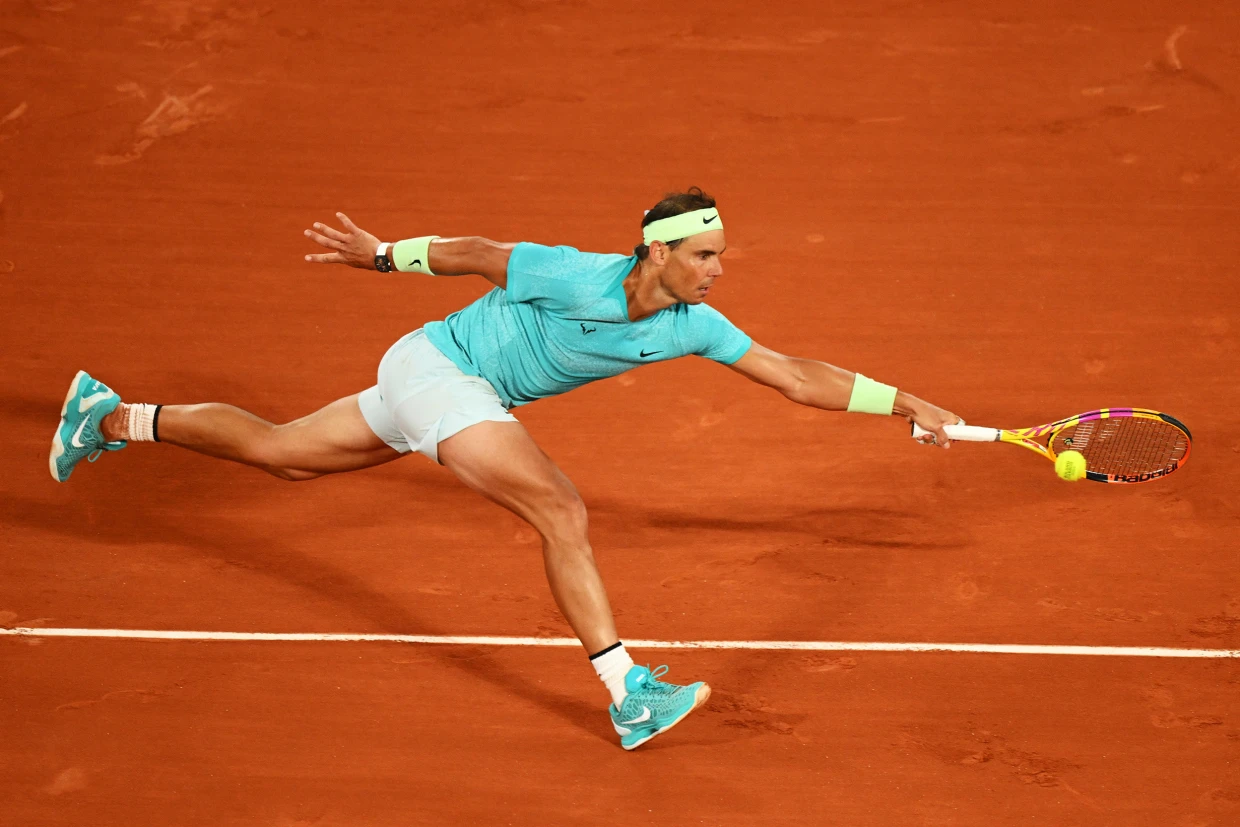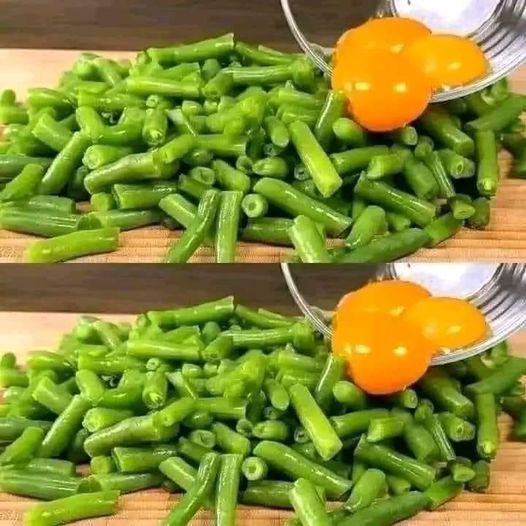Rafael Nadal’s relationship with clay is nothing short of legendary. Over the years, he has been dubbed the “King of Clay” for his unmatched success on the surface, most notably at the French Open, where his dominance is so complete that it feels as though the red dirt court was built with him in mind. With a staggering 14 French Open titles and numerous other clay court victories under his belt, Nadal’s legacy on clay is a monumental achievement in the world of tennis. But what makes Nadal so unstoppable on this surface? Why is he virtually untouchable when playing on the dirt? Let’s break down the unique factors that contribute to his clay court reign and what makes Nadal the most dominant player the game has ever seen on this surface.
### 1. **The Physicality of Nadal’s Game**
Rafael Nadal’s game is built around incredible physicality, and it’s on clay that this physicality comes to the forefront in the most pronounced way. Clay courts are known for being slower and providing more grip, which allows for longer rallies and more demanding footwork. This suits Nadal’s style of play perfectly, as he thrives on grinding down opponents in long, exhausting exchanges. His exceptional fitness allows him to sustain these intense rallies and outlast opponents physically, often forcing them into mistakes as they wear down.
Nadal’s movement on clay is a thing of beauty. His low-to-the-ground stance, combined with his incredible balance and agility, allows him to slide into shots with unparalleled precision. While most players struggle with the slippery nature of clay, Nadal seems to glide across the surface effortlessly. His ability to slide into forehands and backhands, while maintaining control of the ball and generating pace, is a key reason why he’s so successful on this surface.
Nadal’s physical conditioning is arguably one of the best in tennis history. His dedication to building strength and stamina, coupled with his work ethic and relentless training, has enabled him to endure and thrive on the slow, demanding clay courts season after season. Whether it’s a grueling five-set match in Paris or a week-long clay-court tournament, Nadal’s body seems built for the task, and this physical dominance is a crucial component of his success on clay.
### 2. **Topspin: Nadal’s Secret Weapon**
One of the most defining characteristics of Nadal’s game is his heavy topspin, particularly on his forehand. His ability to generate massive topspin on both his forehand and backhand shots has revolutionized the way tennis is played on clay. Topspin is crucial on clay because the slower surface allows the ball to bounce higher and gives players more time to prepare for their next shot. Nadal uses this to his advantage by hitting the ball with extreme spin, which results in the ball rising high over his opponent’s head and making it incredibly difficult to return.
The heavy topspin not only gives Nadal a high margin for error, but it also forces his opponents into uncomfortable positions. The balls jump up high, pushing his opponents further back behind the baseline and making it difficult for them to control the rallies. For players who rely on flat, aggressive shots, Nadal’s topspin is a nightmare, especially on clay where the ball stays in play for much longer.
Nadal’s forehand is one of the most fearsome shots in tennis, and the spin he generates enables him to control the rallies with ease. On clay, where the ball doesn’t skid as much as on hard courts, Nadal’s ability to hit high-bouncing shots that push his opponents to the back of the court is an invaluable asset. His opponents, when facing Nadal on clay, are often left scrambling just to stay in the rally, while Nadal controls the tempo and forces them into errors.
### 3. **Mental Toughness: Nadal’s Warrior Spirit**
It’s often said that tennis is a mental game, and Rafael Nadal’s mental fortitude on the court is one of the reasons he’s able to dominate on clay. His tenacity and never-say-die attitude are legendary, and this mindset is amplified when he steps onto the red clay. Nadal approaches each point with the belief that he will not give up, no matter the score or situation.
On clay, where matches often last longer due to the slower nature of the surface, the mental aspect of the game becomes even more important. Nadal has built a reputation for being a grinder—a player who will relentlessly chase down every ball, fight for every point, and refuse to quit, even when the odds are stacked against him. His ability to stay focused, patient, and composed in the face of adversity is what sets him apart from other players.
Whether he’s up a set or down a break, Nadal’s mental toughness never wavers. He’s demonstrated this time and time again, particularly on the biggest stages, such as the French Open. Even when facing tough opponents like Roger Federer, Novak Djokovic, or Dominic Thiem, Nadal never lets the pressure get to him. His ability to stay calm under pressure, especially in the heat of battle, is a big reason why he’s been able to consistently dominate on clay over the years.
This mental toughness extends to his physical endurance as well. Nadal has often found himself in grueling, physically demanding matches that seem to go on forever. Yet, time and again, he pulls through with victory, digging deep into his reserves of energy and determination. For Nadal, the fight is never over until the last point is played, and his relentless spirit is a key factor in his unparalleled success on clay.
### 4. **The French Open: The Theater of His Clay Court Glory**
No conversation about Nadal’s clay court dominance would be complete without mentioning his astonishing record at the French Open. With 14 titles at Roland Garros, Nadal’s grip on the tournament is unprecedented in the sport of tennis. He’s reached the final 15 times and has won 92% of the matches he’s played there, an astonishing achievement by any standard.
The French Open, with its unique atmosphere and demanding conditions, has become the stage where Nadal has truly cemented his legacy as the King of Clay. His performances at the tournament are a testament to his all-around dominance on the surface. Whether it’s his relentless baseline play, his ability to adjust to different playing styles, or his ability to come through in the clutch moments, Nadal has proven time and time again that he is virtually unbeatable on the clay courts of Paris.
What’s even more impressive is Nadal’s ability to maintain his level of excellence at Roland Garros over such a long period. From his first French Open title in 2005 to his most recent victory in 2020, Nadal has defied the aging process and the emergence of younger rivals to remain the dominant force on clay. The fact that he has continued to win the French Open in his 30s, despite numerous physical setbacks, only adds to his mystique and reinforces his reputation as the King of Clay.
### 5. **Adaptability: Nadal’s Game Has Evolved for Clay**
While Nadal’s style has always been aggressive, his adaptability on clay is what has allowed him to stay at the top for so long. He has continually refined his game, adjusting his strategy and tactics to remain ahead of the competition. In the early years of his career, Nadal was known for his brutal forehand and physical baseline game. However, as his rivals, such as Federer and Djokovic, improved and the competition became stiffer, Nadal began to diversify his approach.
Nadal’s ability to adapt to different playing styles and conditions has been crucial to his clay court success. He’s learned to vary the depth and pace of his shots, mixing in slices and drop shots to throw his opponents off balance. Nadal has also developed his serve to be more effective on clay, adding variety and working on placing it more strategically to set up his groundstrokes.
Even in the face of injuries, Nadal has shown an incredible ability to modify his game to preserve his body while maintaining his dominance. His ability to adjust his tactics based on his opponent, surface, and physical condition is a testament to his tennis intelligence and his will to keep evolving as a player.
### 6. **Rivalries on Clay: Outlasting the Best**
Another key reason Nadal is so successful on clay is his ability to compete against the best in the game, even in the face of fierce rivalries. His long-standing battles with Roger Federer, Novak Djokovic, and others have tested him at the highest level. Yet, Nadal has consistently emerged as the superior player on the dirt, proving his resilience and ability to thrive in high-stakes situations.
Whether it’s his epic 2008 French Open final against Federer, or his hard-fought victories over Djokovic in Paris, Nadal has demonstrated that his level of play on clay is simply unmatched. These rivalries have pushed Nadal to elevate his game year after year, allowing him to build a legacy that is unlikely to be matched anytime soon.
### Conclusion: The King of the Dirt
Rafael Nadal’s domination of the clay courts is a perfect storm of physicality, mental toughness, technique, and adaptability. His heavy topspin, relentless work ethic, and unyielding mentality make him the ultimate competitor on the dirt. Combined with his incredible record at Roland Garros and his ability to evolve his game, Nadal’s reign on clay is a legacy that will be remembered for generations.
There may be great clay court players in the future, but none will likely match Nadal’s unparalleled connection with the surface. Whether you’re a fan of his or not, there’s no denying that Nadal is the greatest player the game has ever seen on clay—a true king of the dirt.



